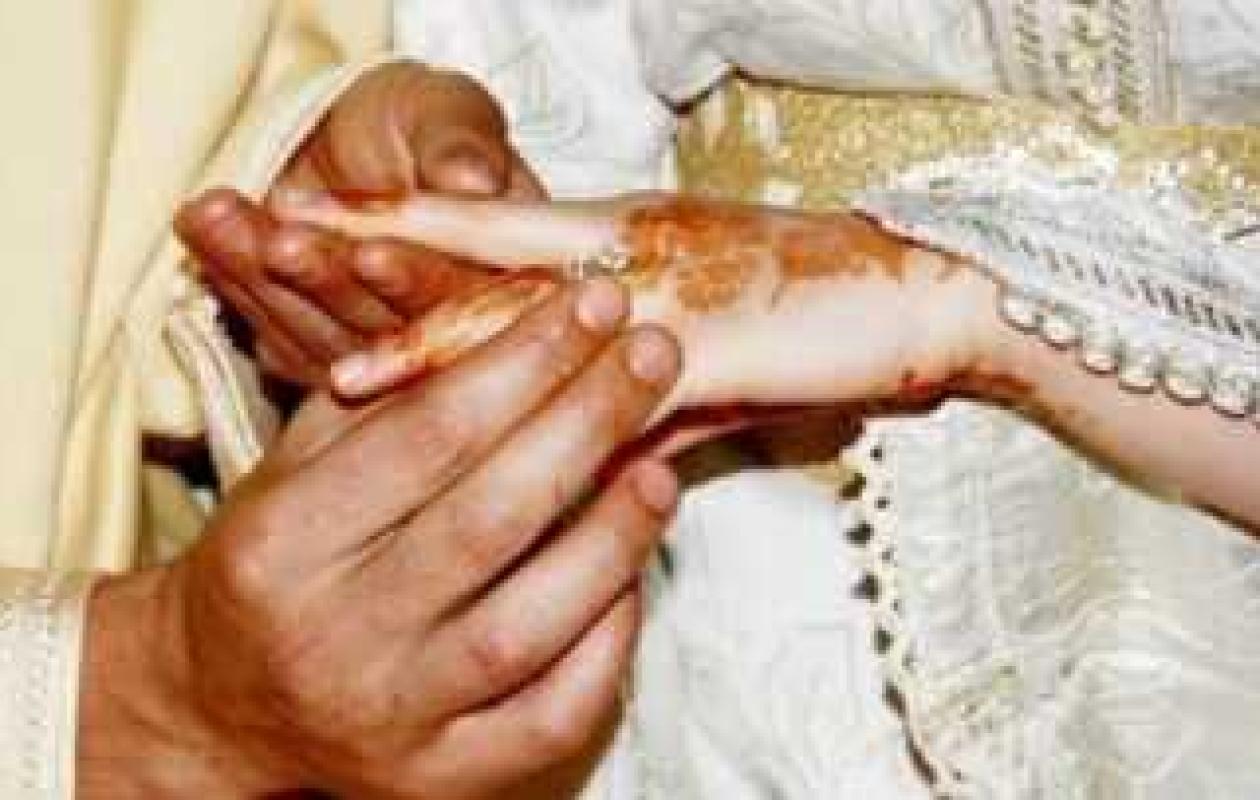
Mariages précoces : au Maroc, les hommes continuent de viser les filles mineures
Despite an apparent decline in requests in 2024, child marriage persists in several Moroccan regions, driven by social insecurity, patriarchal traditions and political inaction.
According to the 2024 annual report of the High Council of the Judiciary (CSPJ), Morocco recorded 16,755 requests for underage marriages. This represents a 17% decrease compared to the previous year. While this trend may seem encouraging at first glance, it should not obscure a more worrying reality: the phenomenon remains deeply rooted, particularly in rural areas, where the rights of young girls are often relegated to the background.
Rurality and early marriages: a worrying correlation
The most striking figure is that 78% of requests come from rural areas, revealing a significant territorial and socioeconomic divide. In these regions, early marriage is not just a tradition; it is often seen as a solution to poverty, school dropout, and lack of opportunities. The 13,091 rural requests contrast sharply with the 3,664 made in urban areas. This imbalance highlights a double whammy for young rural girls.
Indeed, not only do they suffer the effects of poverty and lack of education, but they must also contend with strong social pressure to marry early. Although Moroccan law sets the legal age of marriage at 18, it allows judges to grant exceptions. And this remains the norm: nearly two-thirds of requests for marriage of minors were approved by the courts, according to the CSPJ. These figures demonstrate the judicial system's inability to uphold the best interests of the child in the face of persistent social dynamics.
Teenage girls who are out of school and unemployed: the typical profile
The 2024 report also paints an alarming socioeconomic picture of the young people affected by these early marriages: 96% of the minors involved do not work and 92% have left school. For many families, marriage becomes a kind of "way out" for their daughters, synonymous with financial stability or, at least, a reduction in the family's economic burden. For children's rights associations, these unions are similar to "survival marriages," often forced upon them and rarely chosen. The girls' consent remains ambiguous, influenced by family pressure and the lack of concrete alternatives.
Certain regions stand out in particular in the CSPJ report. Marrakech leads the way with 2,941 applications, followed by Fez (2,394) and Kenitra (1,480). Conversely, regions such as Guelmim and Laayoune record much lower figures, with 48 and 97 applications respectively. The acceptance rate also varies by jurisdiction: 81% in Errachidia, 76% in Fez, and 75% in Kenitra. These figures raise questions about the harmonization of judicial practices across the country, and the impact of judges' personal beliefs on decisions that are crucial for the future of children.
A phenomenon that also affects boys… but marginally
A new development noted in 2024: requests for marriage of underage boys increased by 33.6%, reaching 254 cases. Despite this relative increase, they represent only 1.5% of the total requests. This dynamic therefore remains very marginal, and does not call into question the fact that early marriage primarily affects girls. Furthermore, young people aged 17 or older are the most affected, with 65.5% of requests, and an acceptance rate of 70.5%.
The younger age groups, although less represented, are a cause for greater concern: 5,079 applications for 16-17 year-olds, 633 for 15-16 year-olds, and 59 for those under 15, of which only one was approved by the judge. Despite the overall decline in the phenomenon, underage marriage still represents 6.4% of all 259,212 unions registered in Morocco in 2024.
Commentaires (0)
Participer à la Discussion